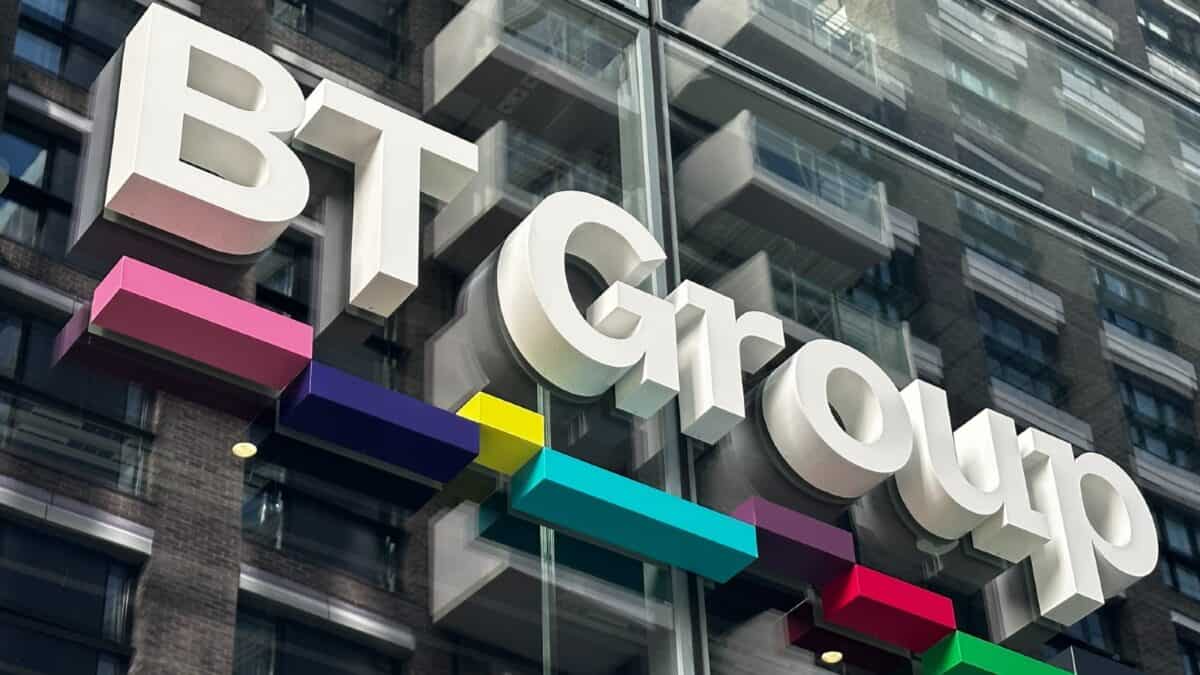We’re well into the new tax year which means a fresh start for a Stocks and Shares ISA. Savvy investors should be considering how to make use of this £20k a year tax-free investment limit to create a passive income stream for the future.
Please note that tax treatment depends on the individual circumstances of each client and may be subject to change in future. The content in this article is provided for information purposes only. It is not intended to be, neither does it constitute, any form of tax advice. Readers are responsible for carrying out their own due diligence and for obtaining professional advice before making any investment decisions.
If I had £10k in spare cash lying around, here’s how I’d invest it for a comfortable second income when I retire.
Getting started
The first step would be to open a Stocks and Shares ISA, if I didn’t already have one. With that done, I could pick any assets to invest in, from commodities and shares to exchange-traded funds (ETFs).
Right now, the FTSE 100 is near the highest level it’s ever been but many profitable opportunities still exist. I find high-yield dividend shares offer the best chance to achieve the solid, consistent returns I’m looking for.
A high-yield gem
With a 7.4% yield, BT Group (LSE:BT.) is one example of a FTSE 100 dividend share I’d select. As the UK’s leading telecommunications network, I believe it’s likely to remain profitable for the foreseeable future.
Admittedly, recent price performance hasn’t been impressive. The stock has struggled to regain the highs it made during the smartphone boom between 2009 and 2015. However, it’s currently building infrastructure that could be its next profitable venture – a fully digital telecommunications network in the UK. The project has cost a lot, but if implemented successfully should lead to improved results.
The high level of spending is reflected in future cash flow estimates. Although the share price is stagnant, BT has been raking in cash. Using a discounted cash flow model, analysts estimate the shares to be undervalued by 77.5%. This could lead to some decent price growth when excess spending decreases.
However, the digital rollout isn’t finished and has already hit some snags, so BT could still be in for a rocky year. I believe the company’s decades of experience will help drive success, but a project of this scale is no quick win.
Mixing it up with regular investment
Barring a gap during the pandemic, BT has been paying dividends consistently for over a decade and I would expect it to continue doing so. An investment of £10k into the stock would pay around £720 a year in dividends. After 10 years, by compounding gains using a dividend reinvestment program (DRIP), the annual dividend income could rise to almost £1,500. But even after 30 years, dividends would still only be around £7,000 a year.
However, if I build a diversified portfolio of shares with dividend stocks and growth stocks I can maximise my returns. A realistic goal would be a portfolio with an average 6% yield and 5% annual share price growth. This isn’t guaranteed and could face ups and downs along the way, but it’s a fair example.
After 30 years, this portfolio could net me £13,100 in dividend income. But if I contribute a mere £100 a month on top of the initial £10k, it could grow to almost £483,000 in 30 years, paying annual dividends to the tune of £27,000.







